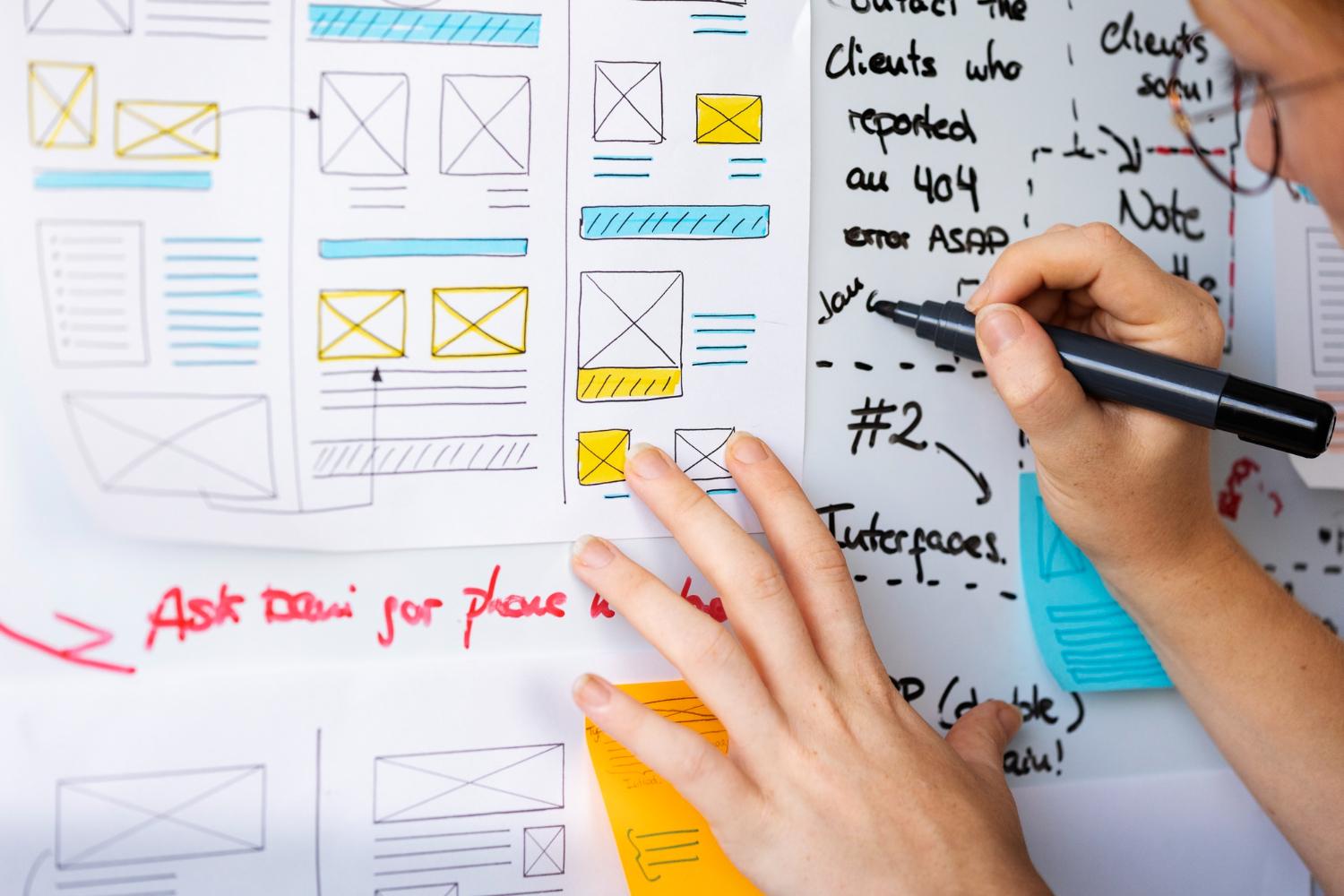But implementing UCD successfully isn’t just about following steps—it’s about cultivating a mindset across your entire organization. The following best practices help establish a scalable, people-first design culture that delivers consistent and impactful user experiences.
Five Core Best Practices in User-Centered Design
Getting a people-centric design process working isn’t as much about sticking to a workflow as it’s about instilling a mindset where empathy, evidence, and inclusion are ingrained at all levels. These best practices will aid in making sure your UCD efforts are steady, effective, and scalable.
1. Document Every Stage
UCD lives on collaboration, iteration, and clarity. By recording each step—starting from the initial user research to design decisions, usability test results, and iteration results—you build an open and traceable design process. This record proves to be gold when onboarding new team members, justifying design rationale to stakeholders, and keeping future development user-centered. Clear documentation also avoids duplicate work and allows teams to learn from previous failures and successes.
2. Design with Data, Not Opinion
In UCD, intuition and assumptions must never be allowed to overrule real-world data. User behaviour, research findings, usability data, and analytics must guide design decisions, whether you’re choosing layout, navigation, or features. Data eliminates bias and makes the product better align with real user needs. This reduces risk, gains stakeholder confidence, and produces better, user-focused results.
3. Prioritise Accessibility Early
Accessibility must never come as an afterthought. Adding inclusive features retrospectively is not only wasteful but may be less efficient. Instead, use accessibility best practice from the very beginning—this means designing for screen readers, using enough colour contrast, providing keyboard navigation, and semantic HTML. Inclusive design means your product will be accessible to the greatest number of people, including those with visual, auditory, cognitive, or motor impairments.
4. Create Feedback Loops
UCD isn’t over on launch. Continuous user interaction is essential to your product remaining up-to-date and useful. Put feedback loops in place using means such as in-app surveys, user analytics, beta testing programmes, and support user interactions. This continuous dialogue reveals changing requirements, new pains, and continues to develop your product in keeping with its market. Feedback loops also create trust and loyalty amongst users, with users noticing that their feedback is being incorporated into changes.
5. Educate Your Team
User-Centered Design is most effective when it’s a collective responsibility—not solely in the UX domain. To institutionalize UCD in your firm culture, start with onboarding. Educate new hires about the principles of user-first design, offer support and templates, and promote consistent participation in user research sessions or usability reviews. With time, this creates a culture where every department—be it product to development to marketing—feels invested in the user experience.
Conclusion
By committing to empathy, inclusivity, and data-driven decisions, teams can build products that are not only functional but genuinely user-friendly. Integrating best practices like thorough documentation, early accessibility, continuous feedback, and team-wide education ensures your design process remains adaptable and effective.
Ready to Elevate Your User Experience with Digitraly?
Digitraly’s expert UX design services are built around these best practices to ensure your product is intuitive, inclusive, and seamless. Partner with us to create experiences that truly connect with your users.
User-Centered Design – A mindset, not a moment!



